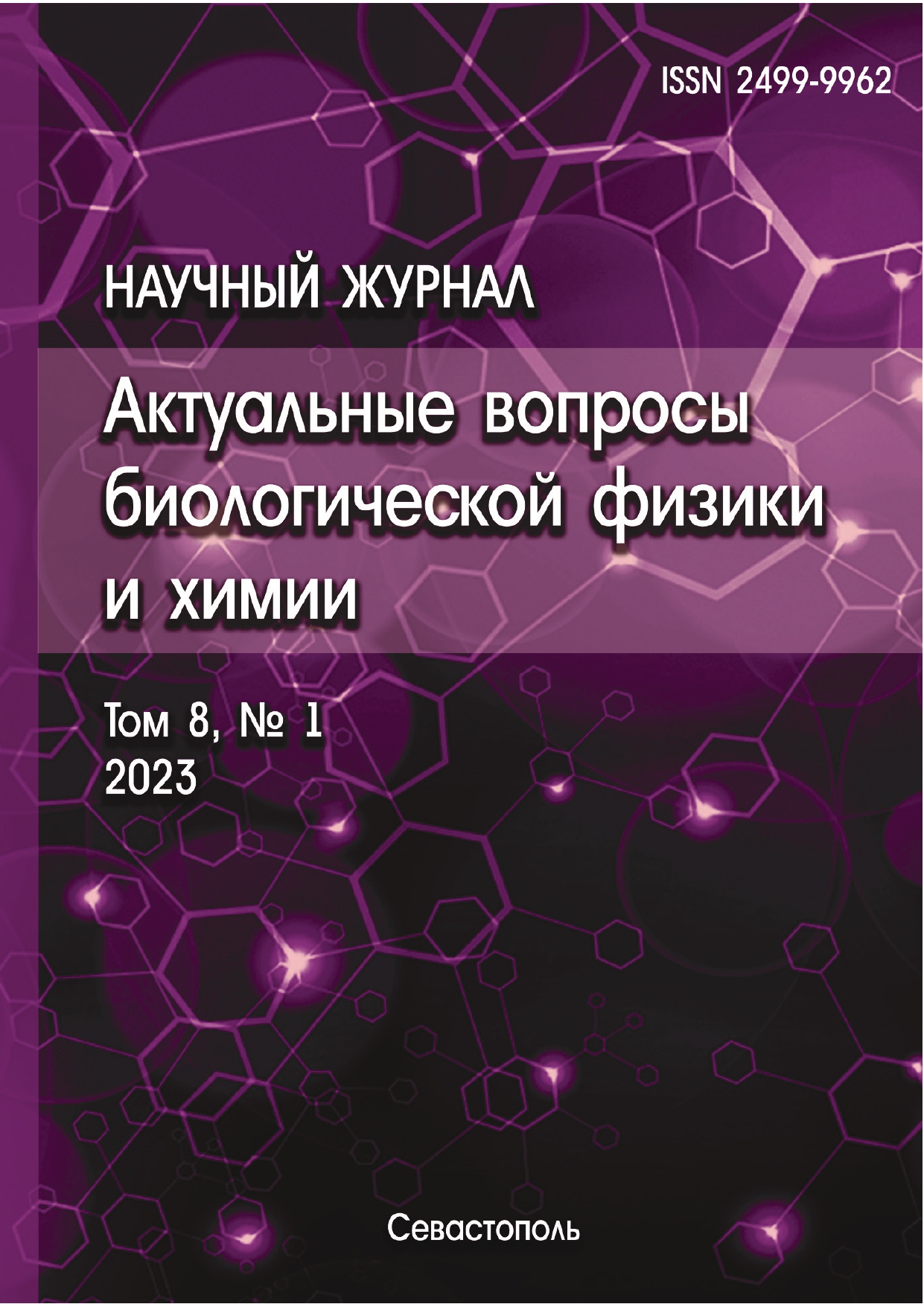Moscow, Moscow, Russian Federation
Moscow, Moscow, Russian Federation
Moscow, Moscow, Russian Federation
Moscow, Moscow, Russian Federation
Dichlorodiphenyltrichloroethane (DDT) is the most widespread systemic pollutant and endocrine disruptor. The effect of prenatal and postnatal exposure to DDT in low doses corresponding to human dietary intake of DDT, considering maximum allowable levels of DDT in food, on the synthesis parameters of male sex hormones in the gonads and adrenal glands of mature male rats was studied. It has been found that after maturation, a reduced level of total testosterone and androstenedione in blood serum is observed in male rats. An investigation into the mechanisms of decreased synthesis of sex hormones showed that rats exposed to low doses of DDT in ontogeny show higher levels of progesterone and reduced levels of 17-oxyprogesterone, a direct precursor of androgen synthesis. Thus, exposure of the developing organism to low doses of DDT did not affect progesterone synthesis, but decreased its hydroxylation, which resulted in progesterone accumulation in the systemic bloodstream and decreased production of male sex hormones in both testes and adrenal glands of male rats. The data obtained in the present study demonstrate for the first time a new mechanism of anti-androgenic action of the endocrine disruptor DDT.
sex steroids, androgens, endocrine disruptor, DDT
1. Bergman A., Heindel J., Jobling S., Kidd K., Zoeller R.T. State of the Science of Evidence for endocrine disruption in humans and wildlife. World Health Organization, Eds.: WHO: Geneva, Switzerland, 2012, 260 p.
2. Endocrine disrupters and child health - Possible developmental early effects of endocrine disrupters on child health. World Health Organization, WHO: Geneva, Switzerland, 2012, 93 p.
3. Pesticide residues in food - 2018. Toxicological evaluations. World Health Organization and Food and Agriculture Organization of the United Nations. WHO: Geneva, Switzerland, 2019, 780 p.
4. The use of DDT in malaria vector control. World Health Organization. WHO: Geneva, Switzerland, 2011, 16 p.
5. Mansouri A., Cregut M., Abbes C., Durand M.-J., Landoulsi A., Thouand G. The environmental issues of DDT pollution and bioremediation: a multidisciplinary review. Appl. Biochem. Biotechnol., 2017, vol. 181, pp. 309-339, doi:https://doi.org/10.1007/s12010-016-2214-5. EDN: https://elibrary.ru/YVTUXR
6. Yaglova N.V., Yaglov V.V. Mechanisms of disruptive action of dichlorodiphenyltrichloroethane (DDT) on the function of thyroid follicular epitheliocytes. Bull. Exp. Biol. Med., 2017, vol. 162, no. 5, pp. 699-702, doi:https://doi.org/10.1007/s10517-017-3691-4. EDN: https://elibrary.ru/XNCUBT
7. Yaglova N.V., Tsomartova D.A., Yaglov V.V. Effect of prenatal and postnatal exposure to low doses of DDT on catecholamine secretion in rats in different period of ontogeny. Bull. Exp. Biol. Med., 2017, vol. 163, no. 4, pp. 422-424 (In Russ.). EDN: https://elibrary.ru/YLMLMJ
8. De Falco M., Forte M., Laforgia V. Estrogenic and anti-androgenic disrupting chemicals and their impact on the male re-productive system. Front. Environ. Sci., 2015, no. 3, art. 3, doi:https://doi.org/10.3389/fenvs.2015.00003.
9. Maness S.C., McDonnell D.P., Gaido K.W. Inhibition of androgen receptor-dependent transcriptional activity by DDT isomers and methoxychlor in HepG2 human hepatoma cells. Toxicol. Appl. Pharmacol., 1998, vol. 151, pp. 135-142, doi:https://doi.org/10.1006/taap.1998.8431.
10. Yaglova N.V., Tsomartova D.A., Yaglov V.V. Differences in Production of Adrenal Steroid Hormones in Pubertal Rats Exposed to Low Doses of the Endocrine Disruptor DDT during Prenatal and Postnatal Development. Biochemistry, Supplement Series B: Biomedical Chemistry, 2018, vol. 12, no. 1, pp. 80-86 (In Russ.). DOI: https://doi.org/10.18097/PBMC20176304306; EDN: https://elibrary.ru/ZEMQJN
11. Yaglova N.V., Obernikhin S.S., Nazimova S.V., Timokhina E.P., Tsomartova D.A., Yaglov V.V. Development and Function of the Adrenal Zona Reticularis in Rats Prenatally and Postnatally Exposed to the Endocrine Disruptor DDT. Biology Bulletin, 2022, vol. 49, no. 3, pp. 227-236 (In Russ.). DOI: https://doi.org/10.31857/S1026347022030179; EDN: https://elibrary.ru/WFCGYC
12. Vandenberg L., Colborn T., Hayes T., Heindel J., Jacobs D. Jr., Lee D.-H., Shioda T., Soto A., vom Saal F., Welshons W., Zoeller T., Myers J. Endocrine Reviews, 2012, vol. 33, no. 3, pp. 378-455, doi:https://doi.org/10.1210/er.2011-1050.
13. Technical regulation of the Customs Union TR CU 021/2011 "On safety of food products". SPb.: GIORD, 2015, 176 p. (In Russ.).
14. Yaglov V.V., Yaglova N.V. Fundamentals of histology. M.: KolosS, 2011, 421 p. (In Russ.). EDN: https://elibrary.ru/QKUHKL
15. Pignatelli D., Xiao F., Gouvtia A., Ferreira, J., Vinson G. Adrenarche in the rat. J. Endocrinol., 2006, vol. 191, pp. 301-308, doi:https://doi.org/10.1677/joe.1.06972.










